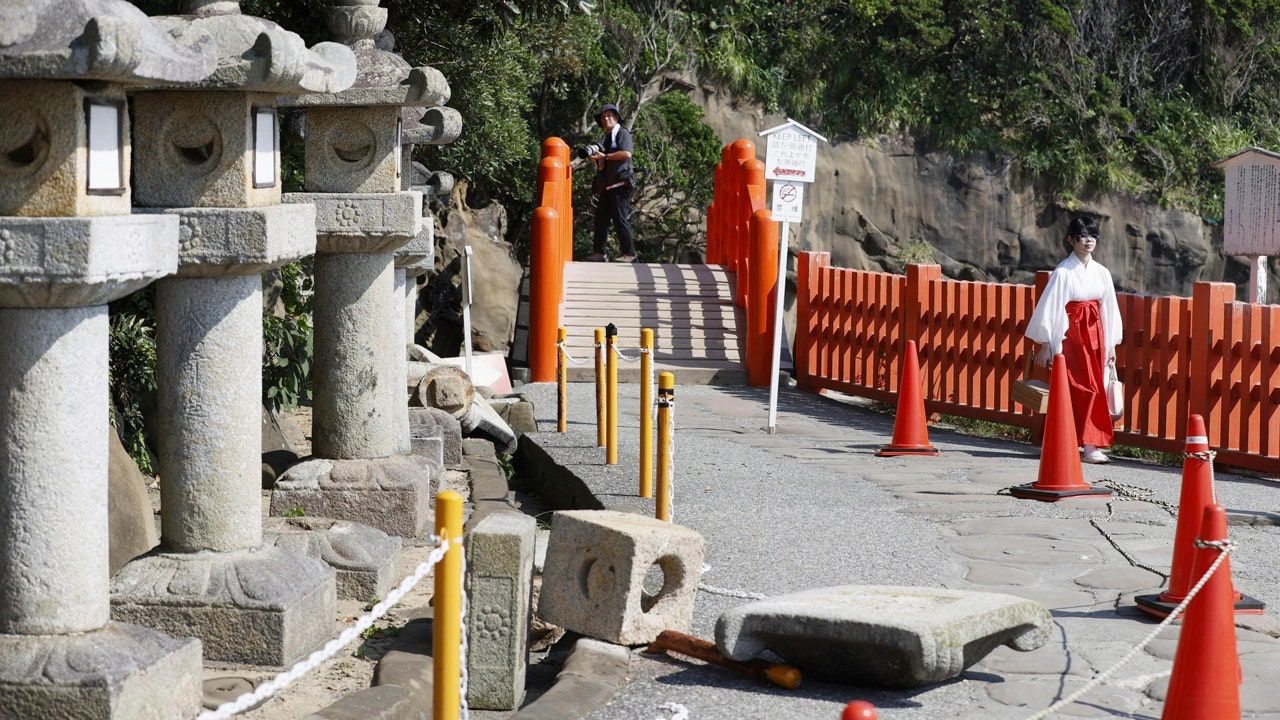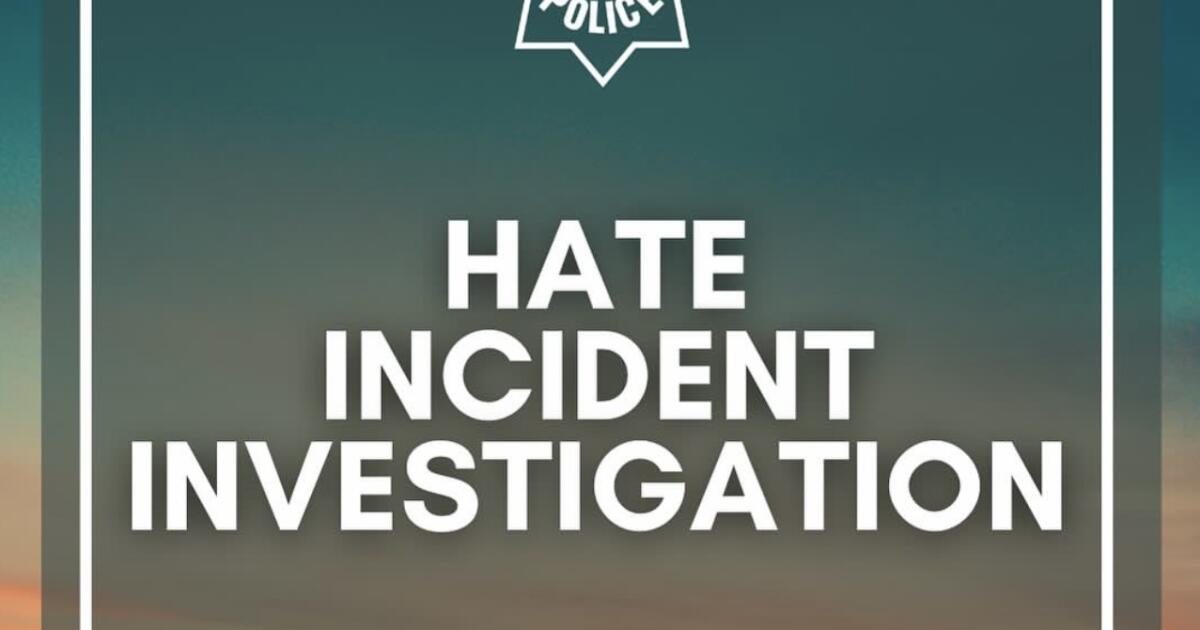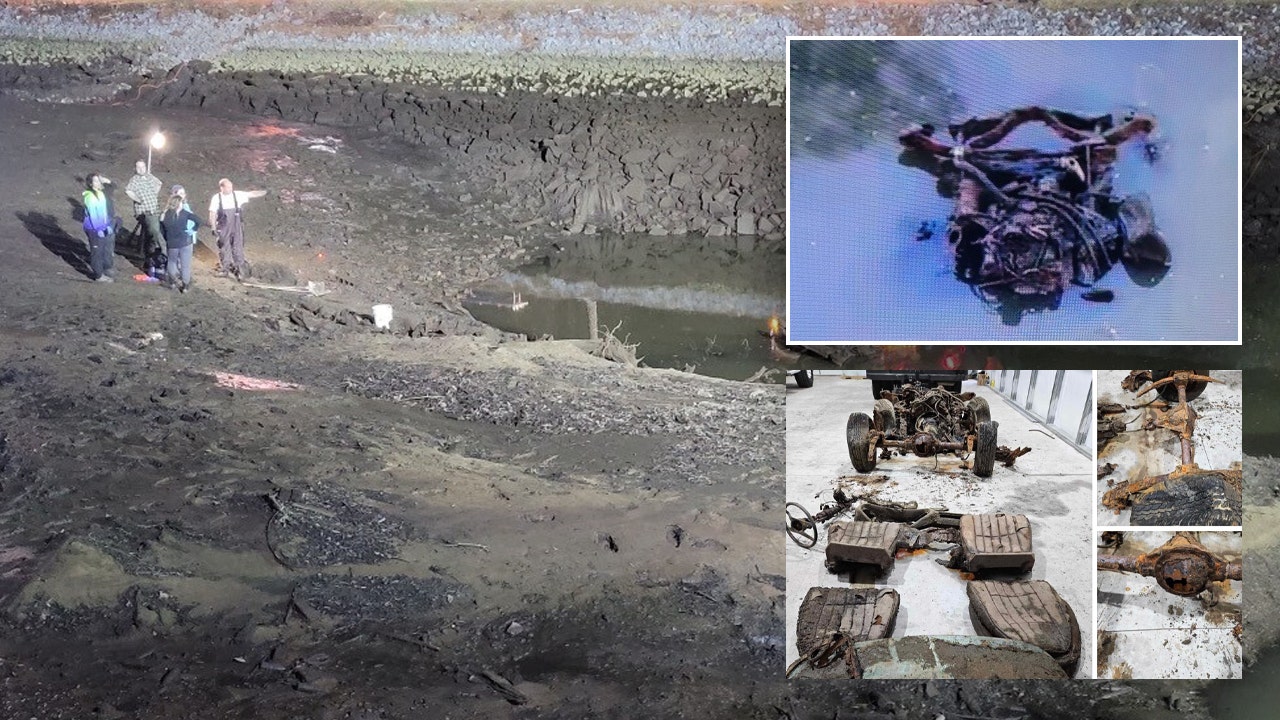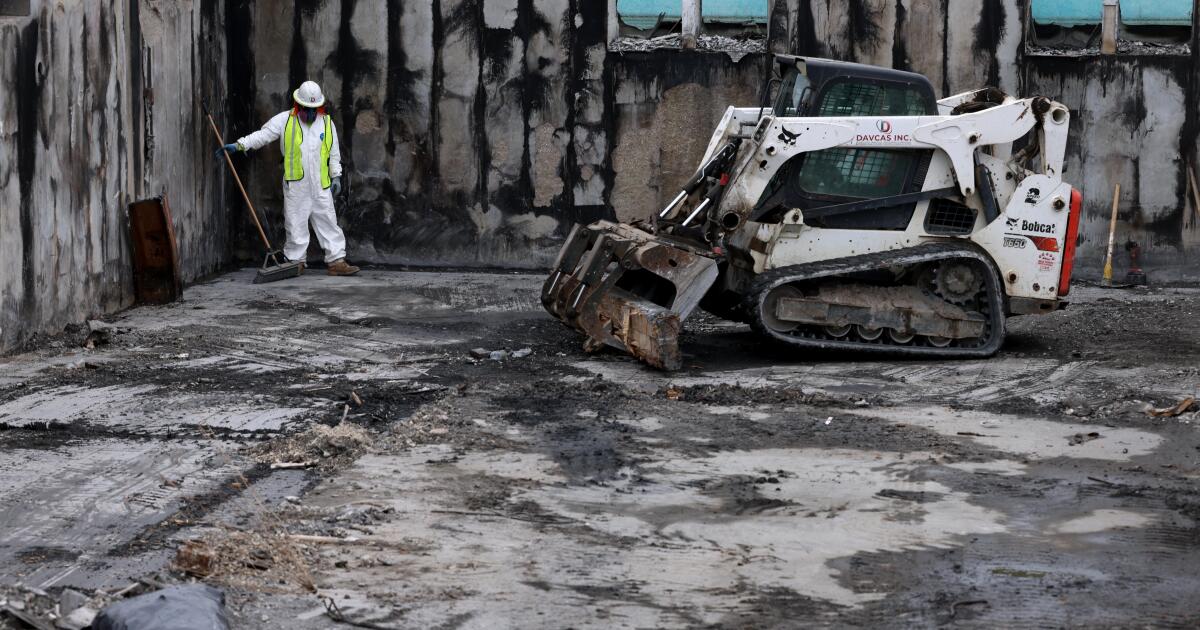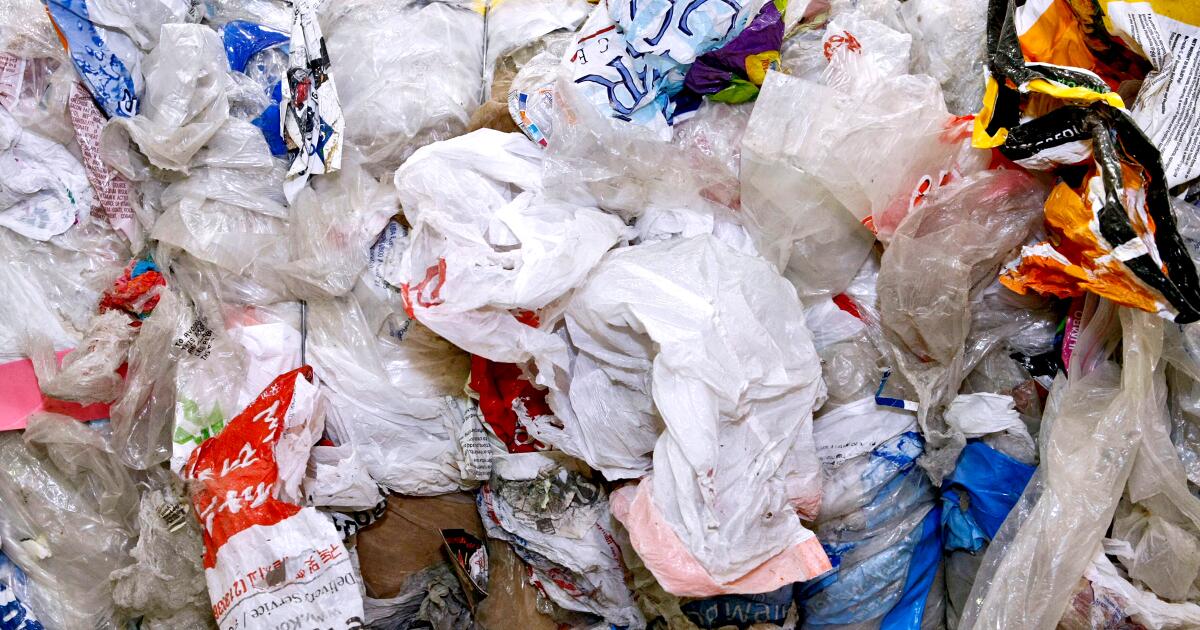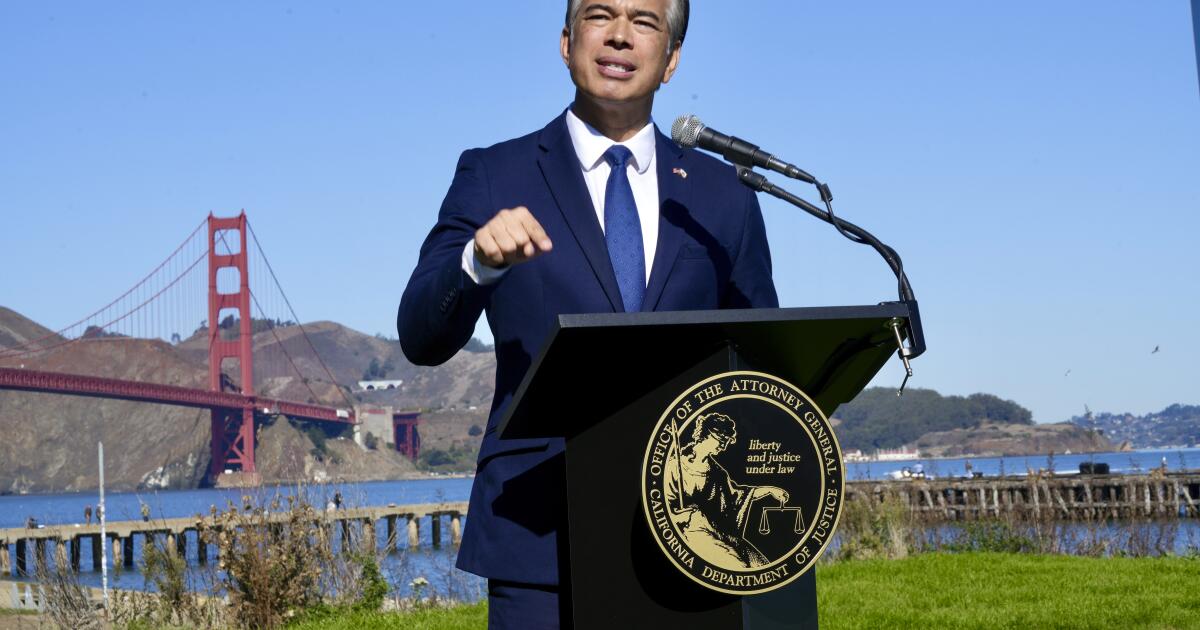- Japan issued its first “megaquake warning” last week after a 7.1 magnitude earthquake struck off its coast.
- The Japan Meteorological Agency (JMA) concluded that the strong earthquake increased the likelihood of another major earthquake with potentially devastating consequences.
- In 2013, a government disaster prevention team said a magnitude 9.1 earthquake could generate a tsunami of more than 33 feet within minutes, killing about 323,000 people and destroying more than 2 million buildings on Japan's Pacific coast.
Japan, one of the world's most earthquake-prone nations, issued its first “megaquake warning” last week after a powerful quake struck off the southeastern coast of the main southern island of Kyushu.
The 7.1 magnitude quake caused no deaths or serious damage, but the alert has sparked widespread confusion and a lingering sense of worry (in a country accustomed to regular earthquakes) about when the next big one will strike.
The Associated Press explains what the warning means, what people are asked to do and what could happen if a major earthquake hits Japan.
7.1 MAGNITUDE EARTHQUAKE STRIKES OFF THE COAST OF JAPAN, TSUNAMI WARNING ISSUED
What is a mega earthquake alert?
Japan's Meteorological Agency issued the warning after concluding that a magnitude 7.1 earthquake that struck the western edge of the Nankai Trough on Aug. 8 increased the likelihood of another major quake.
There is a 70-80% chance of a magnitude 8 or 9 earthquake associated with the Nankai Trough occurring in the next 30 years, and the probability is now “higher than normal” following the latest quake, the JMA says.
But that doesn't mean a megathrust earthquake will strike at any particular time or place, said Naoshi Hirata, a seismologist at the University of Tokyo who heads the JMA's panel of experts. He urged people to remain cautious and prepared.
Stone lanterns fall at a shrine following a strong earthquake in Nichinan, Miyazaki prefecture, southern Japan, on August 9, 2024. (Kyodo News via AP)
What is the Nankai Trough?
The Nankai Trench is a submarine trench that extends from Hyuganada in the waters off the southeastern coast of Kyushu to Suruga Bay in central Japan. It stretches for about 800 kilometers along the Pacific coast.
The Philippine Sea plate is slowly pushing down on the Eurasian plate, causing it to occasionally retreat, an action that could trigger a megathrust earthquake and tsunami, JMA says.
The last Nankai Trough earthquake off Shikoku, in 1946, registered a preliminary magnitude of 8.0 and killed more than 1,300 people.
How damaging can a megathrust earthquake be?
In 2013, a government disaster prevention team said a magnitude 9.1 earthquake in the Nankai Trough could generate a tsunami of more than 33 feet within minutes, killing an estimated 323,000 people, destroying more than 2 million buildings and causing more than $1.5 trillion in economic damage along large swaths of Japan's Pacific coast.
What is the government doing to prepare?
As a result of the “mega-quake alert,” Japanese Prime Minister Fumio Kishida canceled his planned August 9-12 trip to Central Asia and announced that he would lead the government's response and ensure preventive measures and communication with the public.
The Disaster and Fire Management Agency has ordered 707 municipalities considered at risk from an earthquake in the Nankai Depression to review their response measures and evacuation plans.
Experts and officials have urged people to remain calm and continue with their daily social and economic activities, while securing emergency food and water and discussing evacuation plans with family members.
In a reassuring note on Monday, JMA experts said they have so far found no abnormal seismic or tectonic activity that would indicate a megathrust earthquake.
How are people reacting?
The “megaquake warning,” which is filled with scientific jargon, has worried and baffled people across the country. Some cities have closed beaches and canceled annual events, creating problems for travelers during Japan's week-long Obon holiday, a time of festivals and fireworks across the country.
Many people have postponed planned trips and rushed to stock up on rice, dried noodles, canned food, bottled water, portable toilets and other emergency supplies, leaving shelves empty at many supermarkets in western Japan and Tokyo, even though the capital is outside the risk area.
The Summit supermarket chain said microwaveable rice is in short supply and the store is limiting purchases to one package per customer.
Yoshiko Kudo and her husband Shinya said they had a hard time understanding what exactly the notice meant, how worried they should be and what they should do.
“We're trying not to overdo it. Worrying too much is not good,” Yoshiko Kudo said.
“We don't know how to be prepared and continue living normally as experts tell us,” said Shinya Kudo, a caregiver in his 60s.
Yoneko Oshima, passing by a major Tokyo train station, says: “It's scary… They say there's a 70 to 80 percent chance of this happening in the next 30 years, but it could be tomorrow.” Her latest purchase is a portable toilet. She says water is indispensable for her diabetic husband, who needs to take medication after every meal.
“I plan to take this opportunity to make a list and make sure we have everything on hand,” Oshima said. She hasn't changed her vacation plans this week, but her daughter canceled a planned trip to Mount Fuji.
In the city of Matsuyama on Shikoku Island, which has numerous hot springs, hotels and resorts have revised their evacuation procedures and emergency equipment and set up a radio communication system for emergencies. They have received hundreds of cancellations since the alert was issued, said Hideki Ochi, director of the Dogo Onsen Ryokan Association.
Rail companies serving the region said their trains are operating at slightly reduced speeds as a precaution.
CLICK HERE TO GET THE FOX NEWS APP
A crisis management task force in the coastal city of Kuroshio in Kochi prefecture, where the government's risk analysis predicted a tsunami of up to 33 meters (100 feet) high, initially set up 30 shelters across the city. But only two remain open after the JMA declared on Monday that there was no indication of an imminent megaquake.
Higashi Osaka urged residents on the city's website not to make “unnecessary and non-urgent” trips in the event of a major earthquake.
The popular coastal city of Shirahama in Wakayama Prefecture announced that its four outdoor hot springs, parks and other facilities will remain closed for a week. Saturday's annual fireworks festival has also been canceled.

